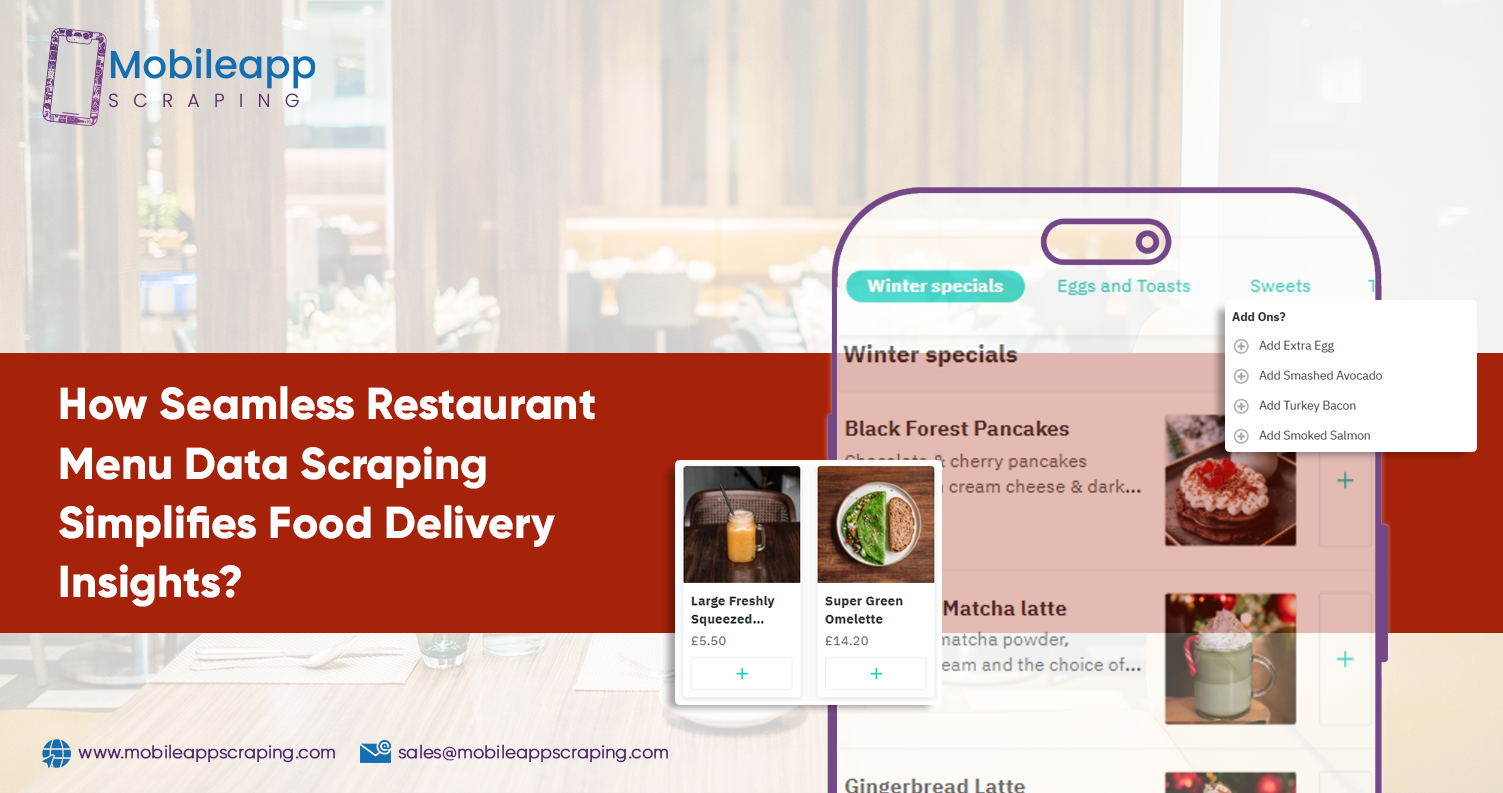
How Seamless Restaurant Menu Data Scraping Simplifies Food Delivery Insights?
Introduction
In the rapidly evolving food delivery industry, accurate and up-to-date menu information has become essential for success. Whether it’s a small local restaurant or a global food chain, providing real-time menu updates ensures customer satisfaction and operational efficiency. This is where Seamless Restaurant Menu Data scraping plays a pivotal role. By automating the extraction of menu data from platforms like Seamless, businesses can gain valuable insights to stay competitive and deliver exceptional customer experiences.
The Food Delivery Industry: A Snapshot
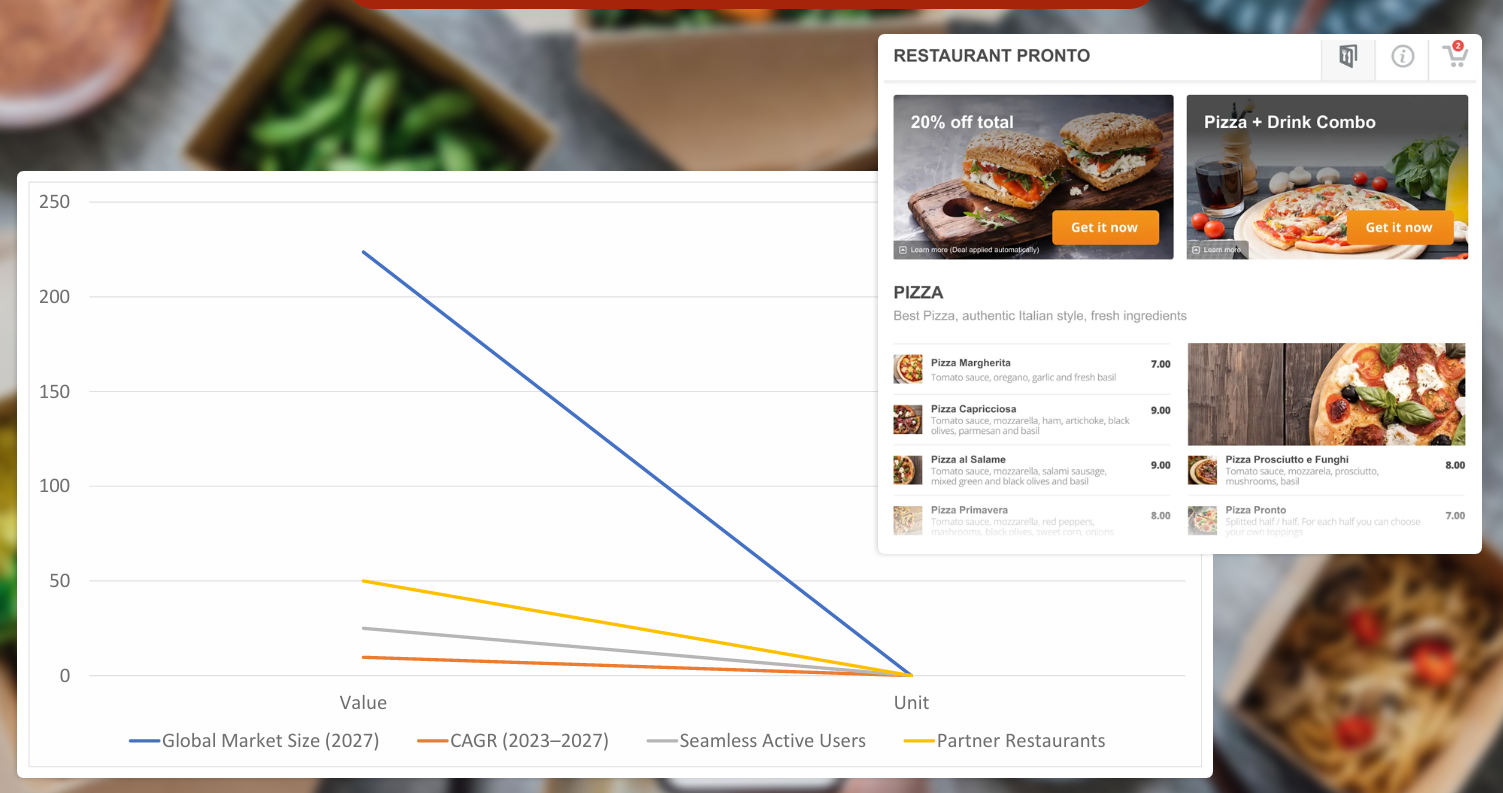
The food delivery industry has witnessed exponential growth in recent years. According to Statista, the global online food delivery market is expected to reach $223.7 billion by 2027, growing at a CAGR of 9.7%. Seamless, one of the leading food delivery platforms in the United States, has millions of active users and works with thousands of restaurants to provide a seamless ordering experience. These staggering numbers highlight the importance of leveraging tools like Seamless Menu Scraping to keep up with the increasing demand and competition.
Accurate menu data not only enhances user experience but also helps businesses identify trends, optimize pricing strategies, and improve inventory management. This blog explores how Seamless Restaurant Menu Data scraping simplifies food delivery insights and helps businesses thrive in this competitive landscape.
What is Seamless Restaurant Menu Data Scraping?
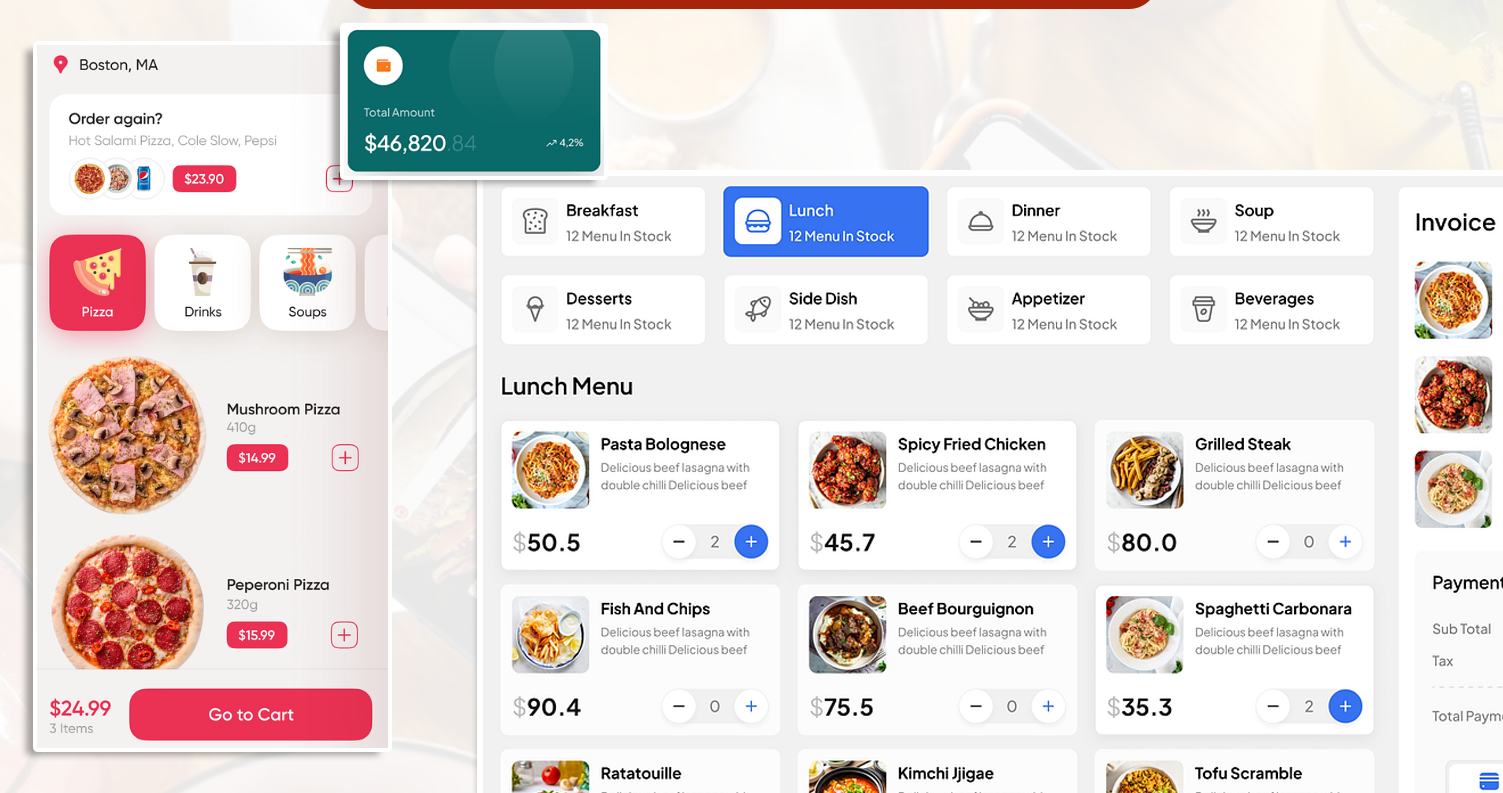
Seamless Restaurant Menu Data scraping involves using automated tools to extract detailed menu information from the Seamless platform. This includes:
- Menu items and descriptions
- Prices and discounts
- Restaurant details
- Customer reviews and ratings
- Availability of items
By leveraging Seamless App Data Extraction techniques, businesses can collect and analyze this data to gain actionable insights into customer preferences, competitor strategies, and market trends.
Benefits of Seamless Restaurant Menu Data Scraping
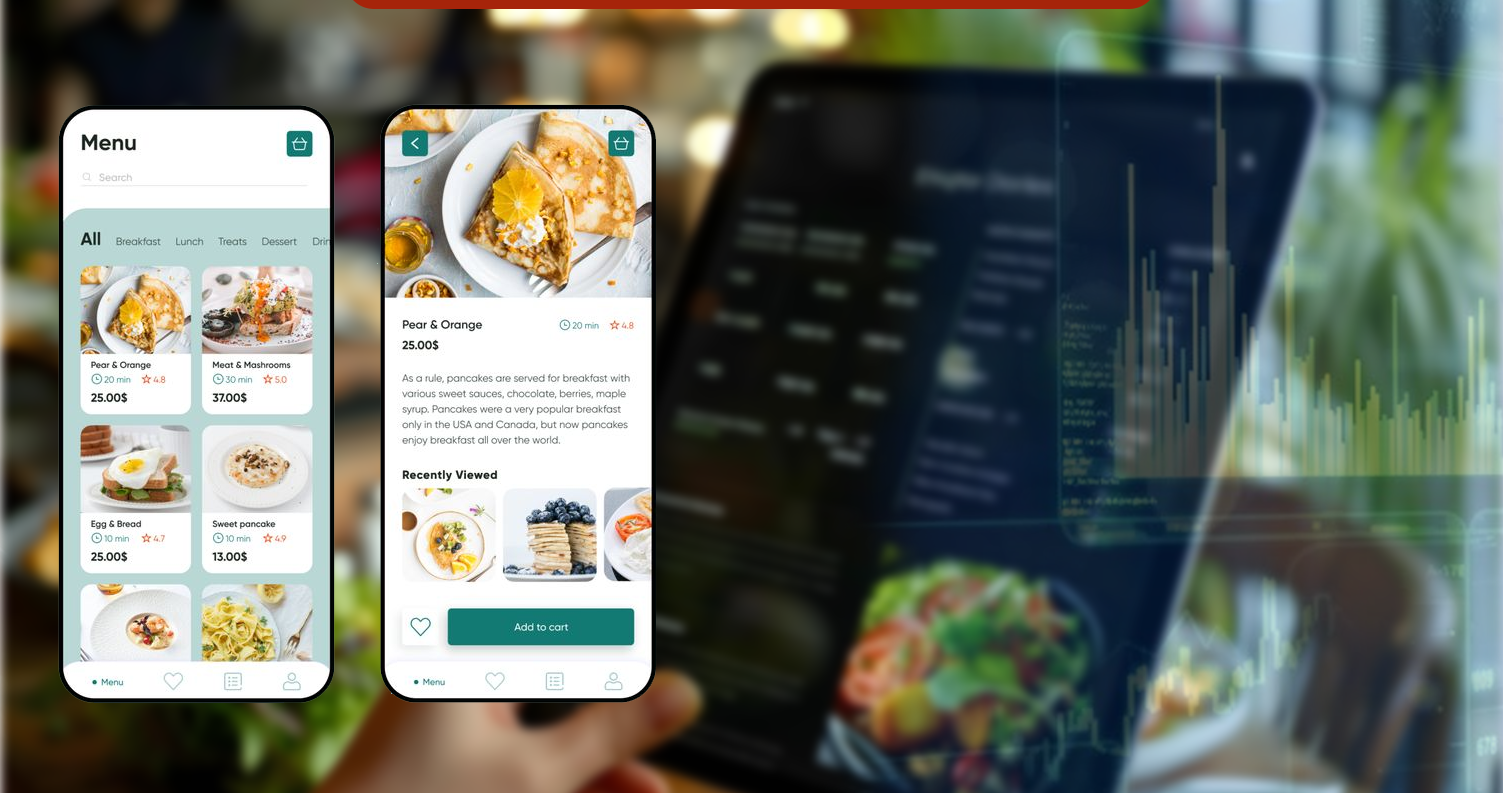
Seamless Restaurant Menu Data Scraping offers businesses significant advantages, enabling them to stay competitive in the fast-evolving food delivery industry. Here are the key benefits:
1. Real-Time Menu Updates
With Seamless Restaurant Data Scraping, businesses can monitor menu changes in real time. This ensures that the information displayed on their platforms is always up-to-date, accurately reflecting the latest offerings from restaurants. Real-time updates reduce errors, enhance customer trust, and improve the overall user experience.
2. Competitive Pricing Insights
Seamless Pricing Data Scraping provides businesses with a detailed view of competitors’ pricing strategies. This enables them to adjust their pricing models to attract more customers while maintaining profitability. By understanding market trends, companies can optimize their pricing for better results.
3. Improved Customer Experience
Accurate and comprehensive menu information plays a crucial role in helping customers make informed choices. Through Seamless Food Delivery Data Scraping , businesses can offer detailed and precise menu options, thereby improving customer satisfaction and fostering loyalty.
4. Enhanced Marketing Strategies
Access to a Seamless Food Delivery dataset allows businesses to identify popular dishes, peak ordering times, and seasonal trends. These insights can be leveraged to design targeted marketing campaigns and promotional offers, boosting engagement and increasing sales.
5. Streamlined Operations
Accurate menu data is essential for efficient inventory management. Seamless Restaurant Menu Data Scraping ensures that restaurants are prepared to meet customer demands while minimizing waste. This leads to cost savings and smoother operations.
By utilizing Seamless Food Delivery Data Scraping , businesses can gain actionable insights, improve customer experience, and streamline operations, giving them a competitive edge in the dynamic food delivery market.
Use Cases of Seamless Restaurant Menu Data Scraping
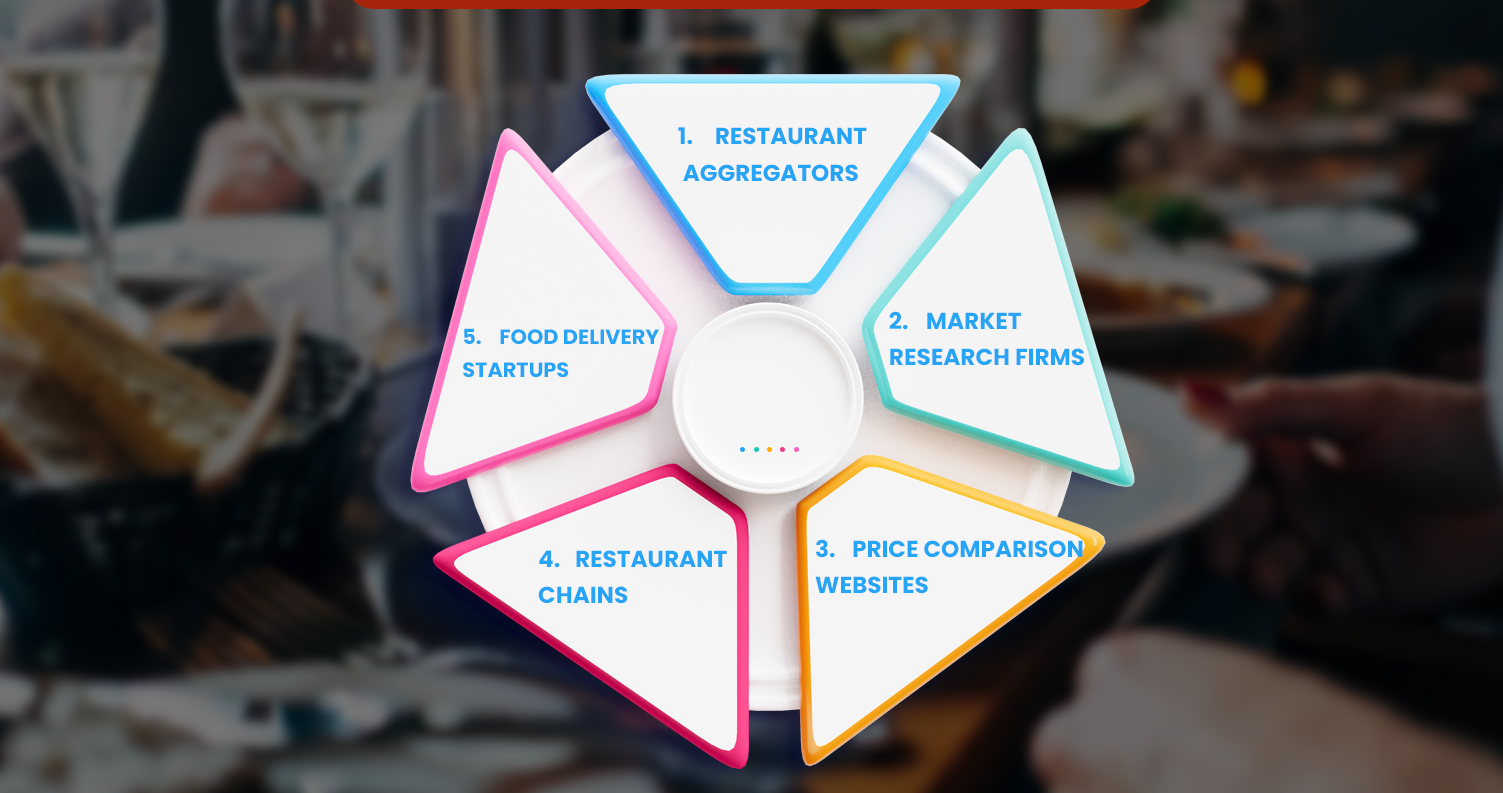
Seamless Restaurant Menu Data Scraping has numerous use cases across industries, helping businesses optimize their operations and gain a competitive edge. Below are some key applications:
1. Restaurant Aggregators
Platforms like Uber Eats and DoorDash rely on Seamless Restaurant Menu API data to ensure their menu listings are accurate and up-to-date. By using this data, they can provide customers with the latest menu offerings, improving user satisfaction and maintaining trust.
2. Market Research Firms
Market research companies can utilize Seamless Food Delivery Data to analyze trends in the food delivery market. This data enables them to offer valuable insights into customer preferences, popular cuisines, and emerging market opportunities, benefiting their clients in making data-driven decisions.
3. Price Comparison Websites
Price comparison platforms can leverage Seamless Pricing Data Scraping to help users find the best deals on meals from their favorite restaurants. By comparing prices across multiple platforms, these websites empower customers to make cost-effective choices, enhancing their user experience.
4. Restaurant Chains
Large restaurant chains can use Seamless Menu Scraping to monitor competitors’ pricing and menu offerings. This data helps them adjust their strategies to remain competitive, introduce trending dishes, and optimize pricing models to attract more customers.
5. Food Delivery Startups
Startups in the food delivery industry can benefit from Seamless App Data Extraction by gathering critical data needed for launching and optimizing their platforms. From analyzing customer preferences to identifying popular dishes, this information is instrumental in building a successful business model.
By utilizing Seamless Restaurant Menu Data Scraping, businesses across various sectors can stay ahead of the competition, enhance operational efficiency, and deliver exceptional value to their customers.
Case Studies and Examples
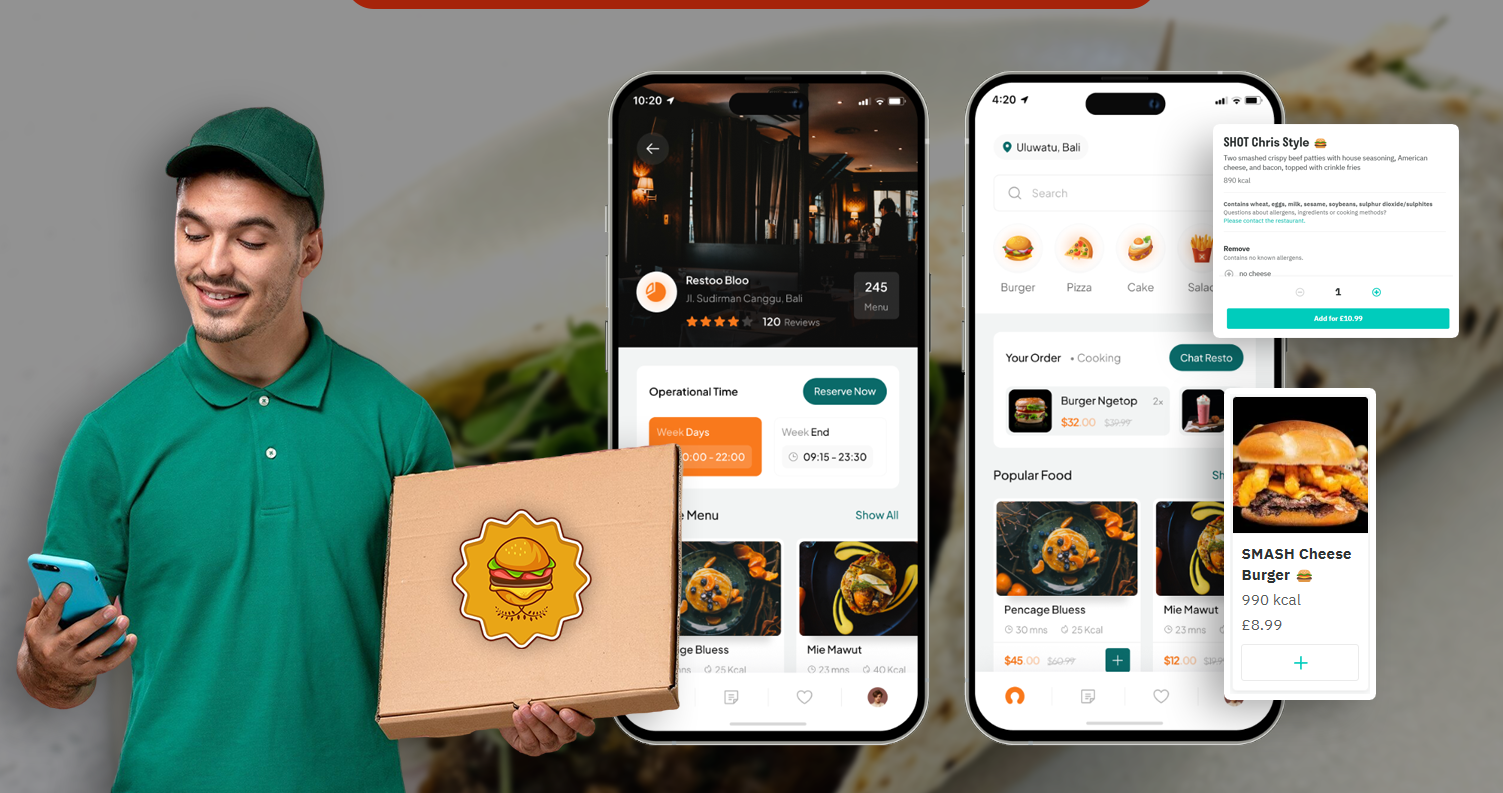
Case Study 1: Enhancing a Food Delivery Platform
A leading food delivery service used Seamless Restaurant Data Scraping to update their menu listings in real time. This reduced customer complaints about incorrect orders by 35% and increased user retention by 20%.
Case Study 2: Competitive Pricing Analysis
A restaurant chain leveraged Seamless Pricing Data Scraping to analyze competitors’ pricing strategies. Using this data, they introduced dynamic pricing, resulting in a 15% increase in revenue over three months.
Example: Seasonal Trends
By analyzing a Seamless Food Delivery dataset, a market research firm identified a surge in demand for plant-based menu items during January (Veganuary). This insight helped their clients adjust their offerings accordingly.
How Does Seamless Restaurant Menu Data Scraping Work?
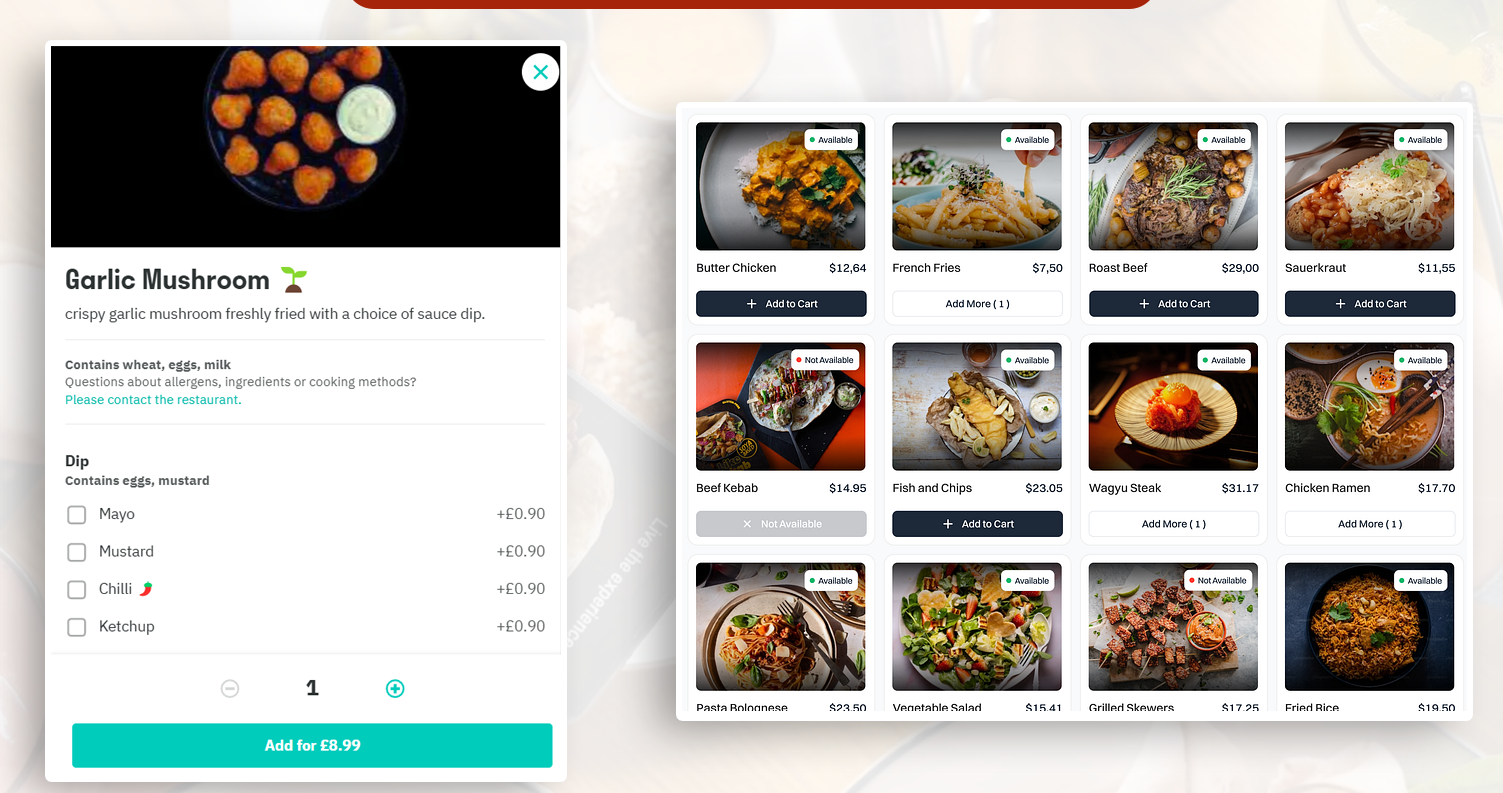
- Data Collection: Automated tools access Seamless’s platform to collect menu data, including item names, descriptions, prices, and availability.
- Data Cleaning: The raw data is cleaned and organized to ensure accuracy and usability.
- Data Analysis: The structured data is analyzed to extract insights into customer preferences, pricing trends, and market dynamics.
- Integration: The processed data is integrated into dashboards or analytics platforms for real-time monitoring and decision-making.
Challenges and Solutions in Seamless Menu Scraping
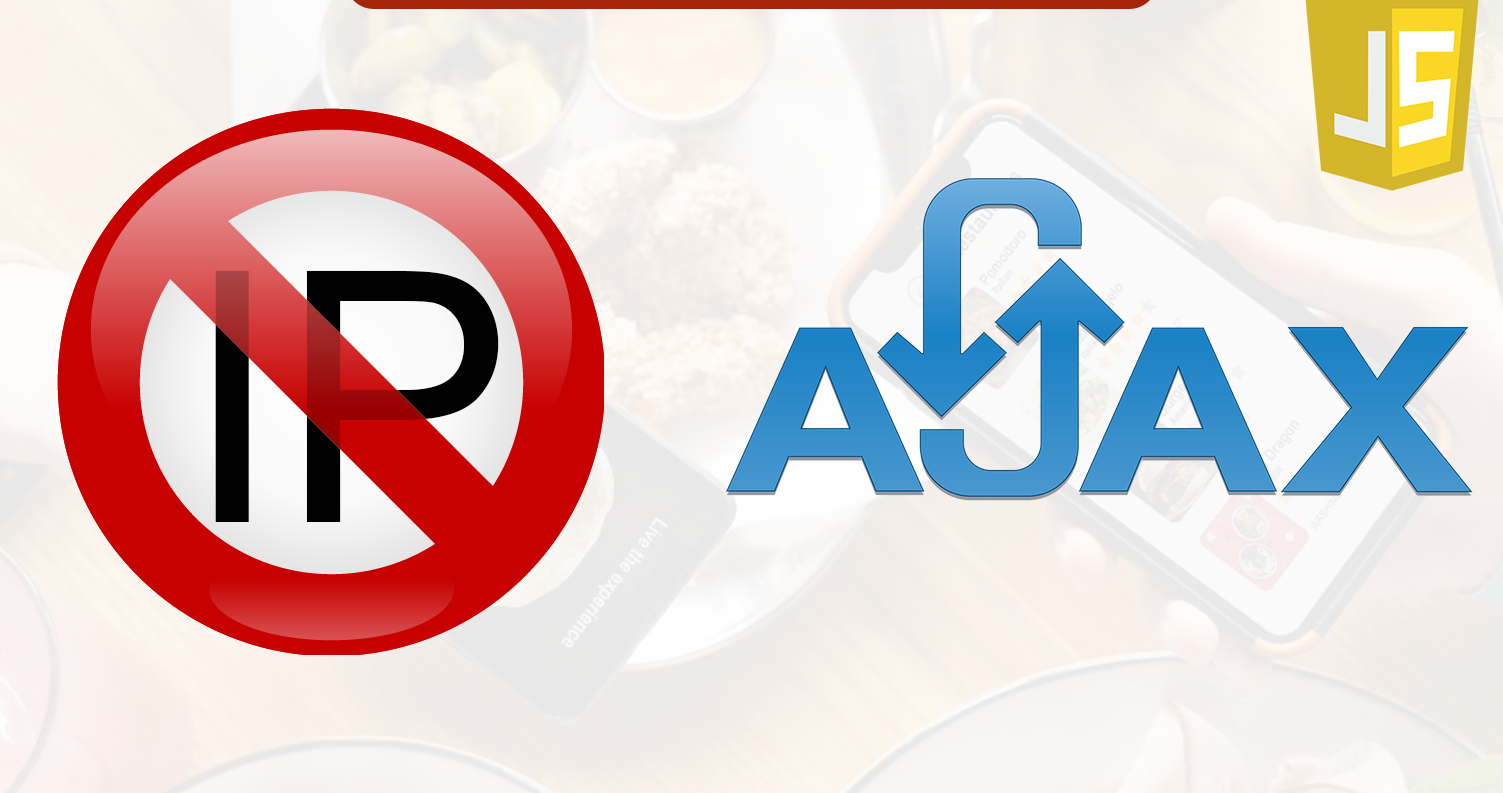
Challenges
- IP Blocking: Seamless may block IPs associated with excessive data scraping activity.
- Dynamic Content: Some menu data may be hidden behind JavaScript or AJAX calls.
- Legal Compliance: Scraping must comply with data privacy laws and the terms of service of the platform.
Solutions
- Use rotating proxies to avoid IP bans.
- Deploy advanced tools that can handle dynamic content.
- Partner with professional data scraping services to ensure compliance and efficiency.
Future Trends in Seamless Restaurant Menu Data Scraping
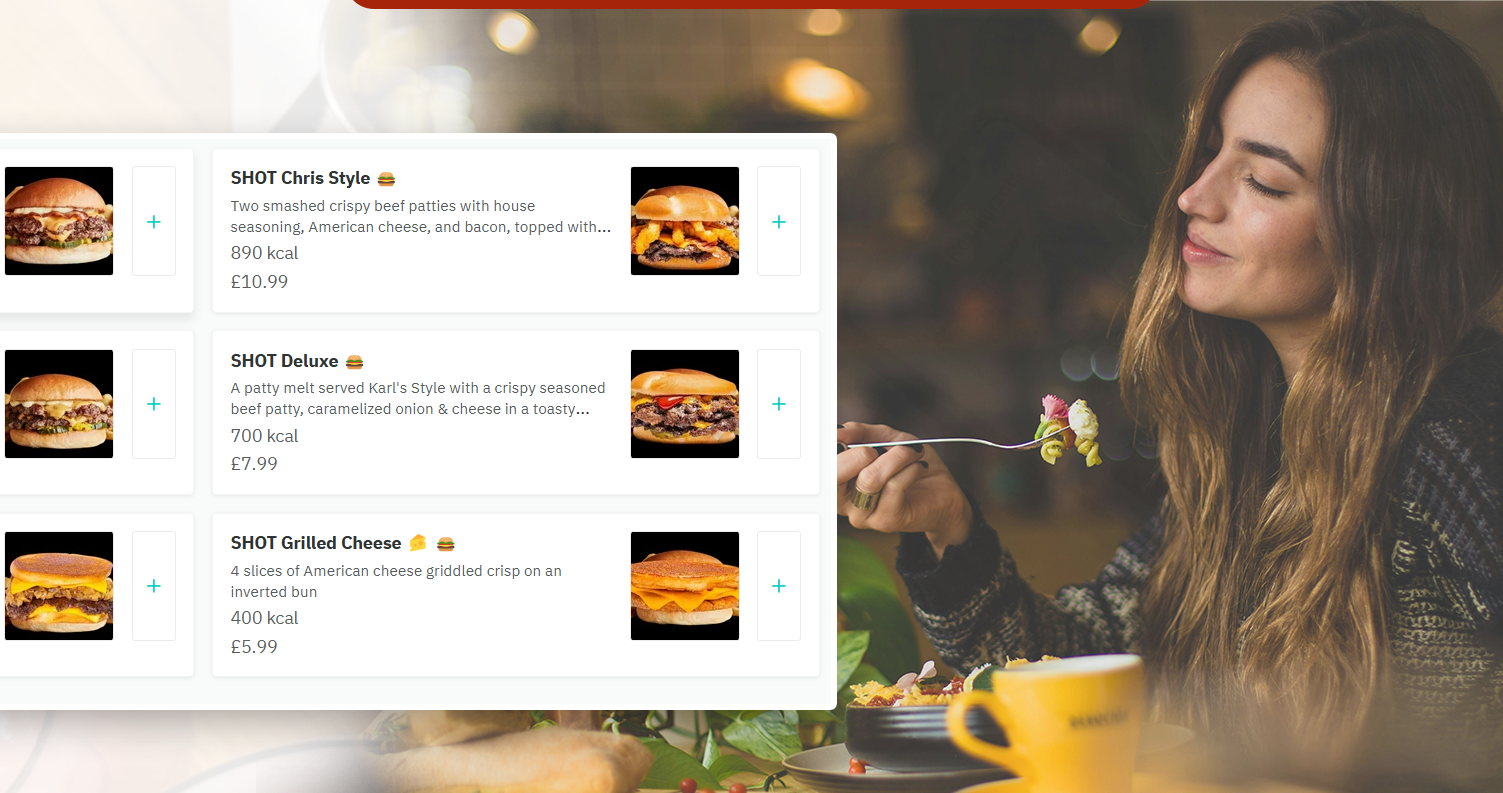
- AI-Powered Insights: Advanced algorithms will enable more precise analysis of scraped data, helping businesses predict trends and customer behavior.
- Integration with IoT: Real-time menu data can be integrated with IoT devices for automated inventory management.
- Hyper-Personalization: Scraped data will be used to deliver highly personalized recommendations to customers, enhancing their experience.
Conclusion
Seamless Restaurant Menu Data scraping is a game-changer for businesses in the food delivery industry. From real-time menu updates to competitive pricing insights, the benefits are extensive. By leveraging tools like Seamless Menu Scraping, businesses can stay ahead of the curve and deliver exceptional value to their customers.
To get started with Seamless App Data Extraction or access a Seamless Food Delivery dataset, partner with Mobile App Scraping today. Our expert solutions ensure accurate, compliant, and efficient data scraping to drive your business forward. Contact us now to unlock the full potential of menu data scraping!

